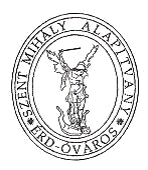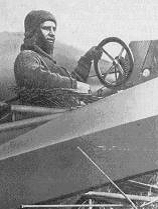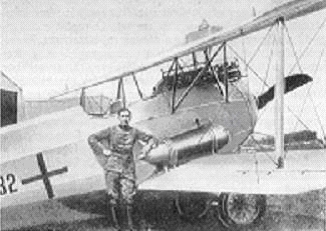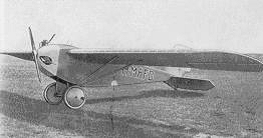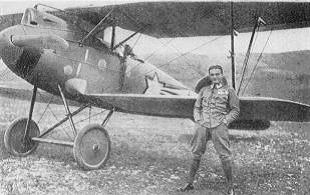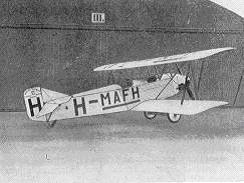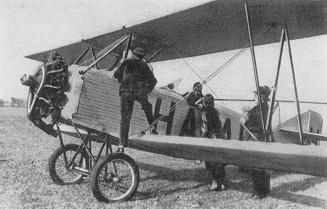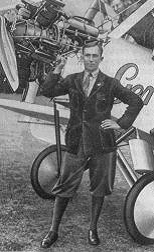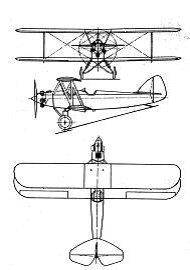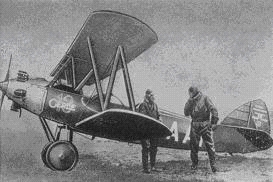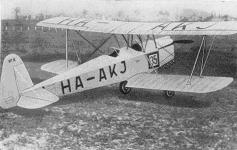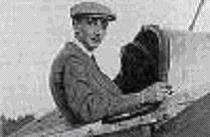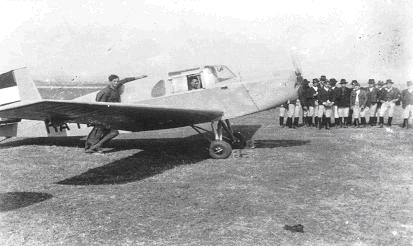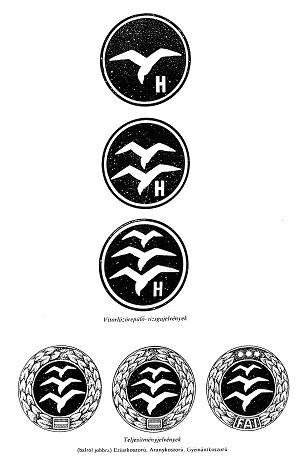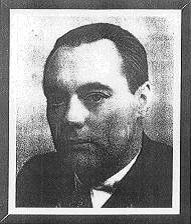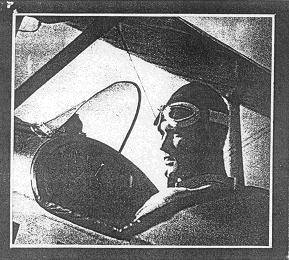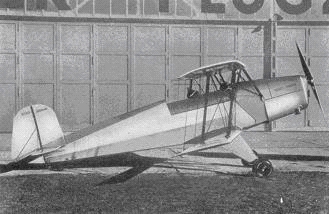THE ÉRD SPORTS AIRPORT
Compiled by: Németh Katalin
It was the Technical University Sport Aviation Association’s (MSrE) training camp, which was founded on the10th November, 1921.
Its purpose: "the abode of the highest technology to cultivate the noblest sport, the cause of human flight". In addition to aircraft design and construction, hundreds of pilots were trained. The first training camp of the MSrE was on the Érd pasture. In 1929, the growing in air traffic was disturbed by the schooling in Mátyásföld, therefore tent hangars were set up in the north pasture of Érd (on the former piggery’s side).
The instuctors of the training were: Dobos István, Endresz György and Kaszala Károly.
Dobos István
He is known as a First World War military pilot, and test pilot. He was famous in the Soviet Union for his long-distance flights and his teaching works. He travelled through country towns with his Svachulay Albatros.
In 1937, 1th July on Mátyásföld during a test flight of MSrE’s new M19 type machine tour seriously injured and died.
Endresz György
In 1918, he was among the members of the 64th Hungary Squadron.
In the spring of 1930, in the USA, the Hungarian Oceanic Flight Commission was established, from Hungarian-American donations to allow Hungarian pilots’ ocean-flight. The selected aircraft type was the most modern Lockheed Sirius, 420 hp, 9-cylinder air-cooled radial engine. The cost was very high, Szalay Emil Hungarian industrialist, and later Lord Rothermere from England provided great amount of assistance for the purchase of the machine.
He determined that the plane’s name will be Justice for Hungary.
In April 1930 he invited Endresz György instructor pilot to receive the machine,and try it, and make the ocean-flight.
In 1932, Endresz György, going to the Rome Congress of planes flying the ocean - while landing - crashed into the ground and burned along with passengers.
Kaszala Károly
He flew with the Technical University Sports Flying Association’s planes.
On the 4th September, 1925 the Lampich L2 18-hp three-cylinder engined Thorotzkai delta light aircraft was completed.
The plane flew three world records, and was named Rome after a long distance world record’s destination.
In 1927, 17th September Kaszala Károly with the L 2 Rome flew continuously between Mátyásföld and Monor 650 km, and hit world record for low-performance machines.
1930 May change from the MSrE. Kaszala Károly achieved nine air victories in the Austrian – Hungarian Monarchist fighter squadrons.
The Technical University Sport Flying Association’s aircraft design and construction work determined the development of Hungarian sport flying for decades.
The planning director was Lampich Árpád, beside him soon excelled Bánhidi Antal and his self-designed Gerle plane.
Here studied Rubik Ernő and Samu Béla latter successful constructors. In the initial period aircraft engines were designed by Thorotzkai Péter.
The great Hungarian machines’ appearances were not left without effect. More and more young pilots applied for training, so there was a need for aircrafts.
By June 1930 on the south side of the Érd pasture hangars were built during flying-camps in summer.
Bánhidi Antal finished the first Gerle (with 100 hp Genet Major engine) at the end of August 1930.
The test flight took place in Érd, in 1930 on September 4.
The wings were transported from the Technical University by truck, the torso was dragged as a trailer to Érd and there was it assembled. In the afternoon, it was possible to keep the engine test. Everything worked fine. Bánhidi got into the plane, and accompanied by the training camp’s attendance, rolled out to the starting position. The designer pilot tested it, and found everything in order. First flights rarely end with the resultthat the plane does not need any change, at least some settings.The Gerle had not changed. It was exactly as designed.
In 1933 between February 19 and March 24 Bánhidi Antal and Bisits Tibor flew round the Mediterranean coast in 100 hours with the Gerle 13 aircraft, during the 12,258 kilometers touched 22 city airports. In the same year Bánhidi flew from London to Debrecen without landing, and delivered the first flight mail. After a Northern European tour in 1937 flew for more than 15 thousand miles in South America over the unexplored jungle, this was considered a brilliant feat at that times. In 1931 he managed the technical preparations for Hungary's first ocean flight.
Bánhidi Antal, in 1936-37 worked in Archduke Albrecht’s in Wiener Neustadt aircraft factory, then, until 1940 in the Technical University Mechanical Engineering Department. During World War II he served as a reserve lieutenant, organized aviation and air mail in Northern Transylvania, in 1945-50 aircraft designer of the Department of Transportation Aviation Division, then the drawing auditor of the Vehicle Development Institute. In 1992 got the Széchenyi Award in recognition of the Hungarian Atlantic flight preparation in its technical activities.
In 1940 Almásy László Ede proposed the Egyptian gliding club to get an M22, and King Faruk purchased two M 24 types of motorized planes from the Technical University Sport Flying Association. In 1940, Tasnádi László as president of the MSrE and Vadas László took the two M 24 to Egypt.
Special mention should be given to in the first Hungarian Goldenwreathed pilot, Tasnádi László, nicknamed Nádi (1916-1942) glider and pilot. An outstanding personality of Hungarian sport flying. He taught Károlyi Gyula (President of MaeSZ) in the fall of 1942, over the Érd airfield, with a Bucker Jungmann. It is assumed that their tragic death was caused as Károlyi’s feet stuck between the trunkpipe and one rudder.
They crashed into the Danube, both lost their lives. Tasnádi jumped out 50 meters high, but his parachute didn’t open, and the plane fell on him.
In 1944, the sport flying ceased. Only the National Flying Training Base made a few courses. In November 1944, valuable machines were took away to Kunsziget the MSrE hiding place. It almost endured till the liberation, when a German armored unit discovered the aircrafts hidden in the barn and blew them up. The retreating Germans destroyed the airfields and the aircrafts. The hangars in Érd were also to set fire.
This completes the glorious career of the Érd airfield.
